
Whether to use EMT conduit over GRC or other metallic tubing options is the question. This short guide can help you understand what it is, and where you should be using it. This is a unique type of metal tubing that is often found in hardware stores along with other types of conduits.
Protecting electrical wiring is a must! With different types and styles of conduits available, it’s important to understand the unique differences and uses of each. Whether you hire a licensed electrician, or you are eager to take on your first DIY project; it’s important to understand the basics of conduits and the diversity of uses that EMT conduit can bring.
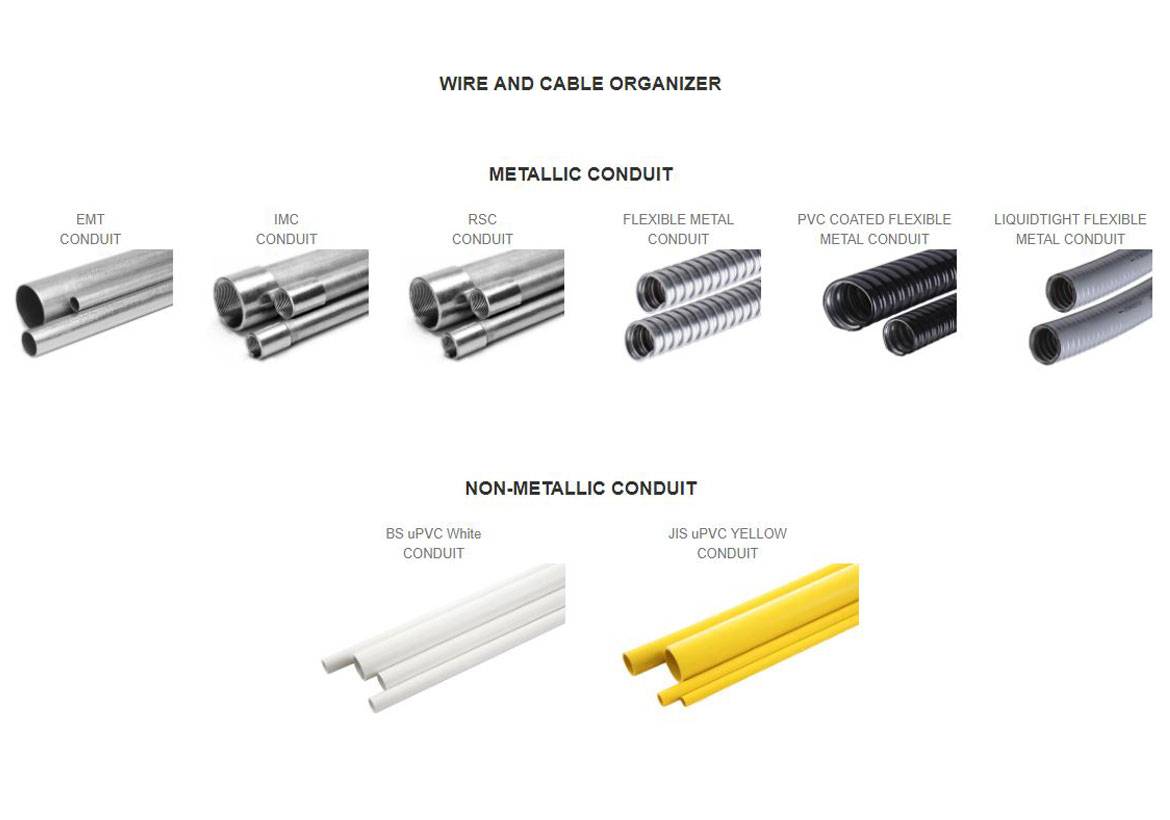
What is a Conduit?
Conduits, or more specifically, electrical conduits, are tubes that are used to not only protect but also to route electrical wiring throughout a building. Whether you are installing electrical wiring in a basement, or you are working on a large commercial property; it’s essential to use conduits for the safety and organization of your wires.
There are several different types of conduits that you may come across in a variety of electrical work projects. Most conduits are made from:
- Fired Clay
- Fiber
- Plastic
- Metal
While most conduit tubing is rigid, there are some flexible options available when the architecture of the building requires it. The most important function a conduit performs is to protect and hold electrical wires so that they do not pose potential hazards or become damaged internally.
You can run conduit in many different ways around the home or building. Most electricians run conduit through garages, basements, laundry rooms, closets, and other exposed areas. A common practice is to run conduit within the walls, so the homeowner does not see it on a daily basis.
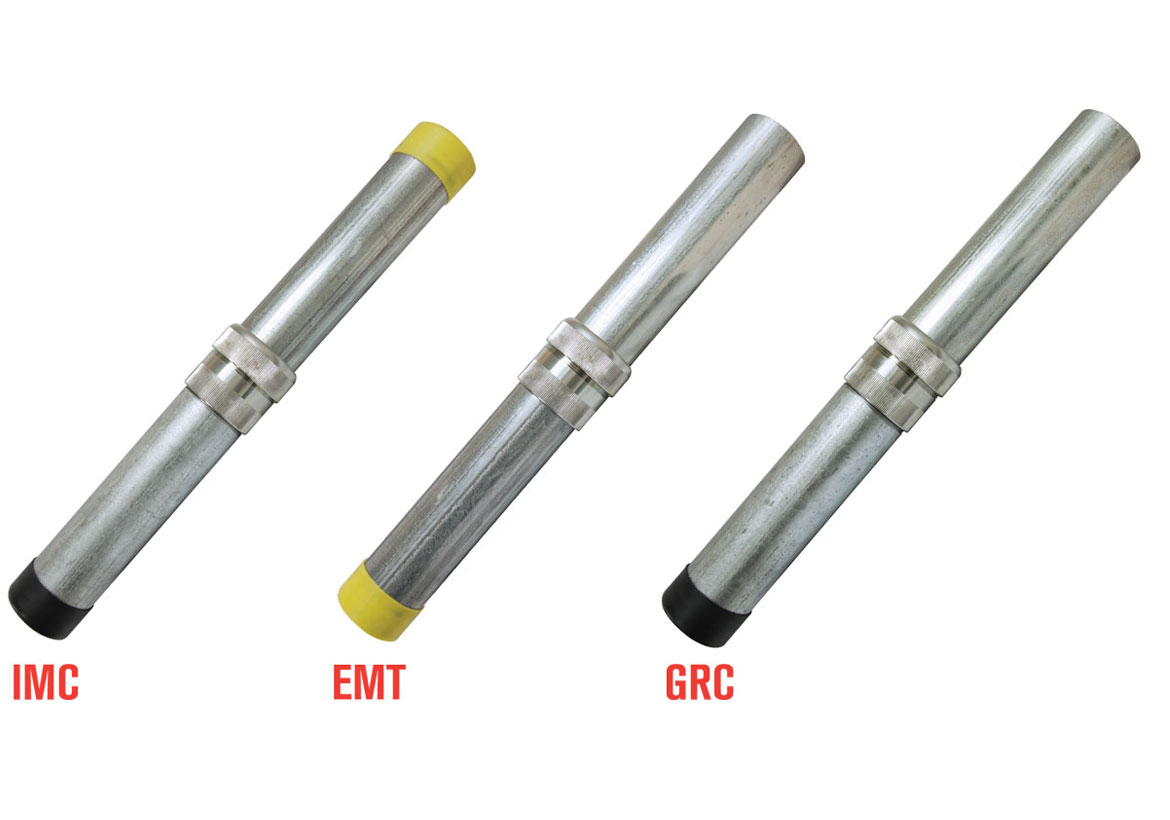
What is EMT Conduit?
EMT is a common, thinly-walled conduit pipe that is often chosen in place of galvanized rigid conduit. It is made out of coated steel and aluminum. The reason it is so popular is due to its affordability and flexibility. It is one of the most lightweight metallic tubing options and is used with or without threaded fittings.
When installing EMT conduit, you can use clamps to connect the lengths. Since these conduits come in a wide variety of sizes and dimensions, they are more commonly seen in industrial and commercial buildings, rather than in residential homes. However, that does not mean that EMT conduits are off-limits for certain residential renovation or construction projects.
EMT Conduit Sizes
When buying in retail, EMT conduits are typically available in sizes ½ through 4; and is available in 10’ to 20’ lengths. These are larger lengths that, as mentioned above, are designed with large warehouses and industrial structures in mind.
EMT conduits also come in a variety of different colors, which can provide an advantage when you’re working with multiple types of conduits. That way, you can choose a color that stands out and becomes one you can easily recognize as your main EMT pipes.
Conduit Size Calculation
You can calculate the right EMT conduit size for your project based on its nominal weight, nominal outside diameter, and nominal wall thickness. This determines its size measurement in either Metric or U.S. units. Electrical conduit sizes vary and are found at your local hardware store or through a trustworthy contractor.
For example, a ½ size EMT is 30 pounds, .706” in diameter, and 0.042” thick. This is typically the smallest size available. The largest size is a 4, which is 103 pounds in weight, 4.5” in diameter, and .083” thick.
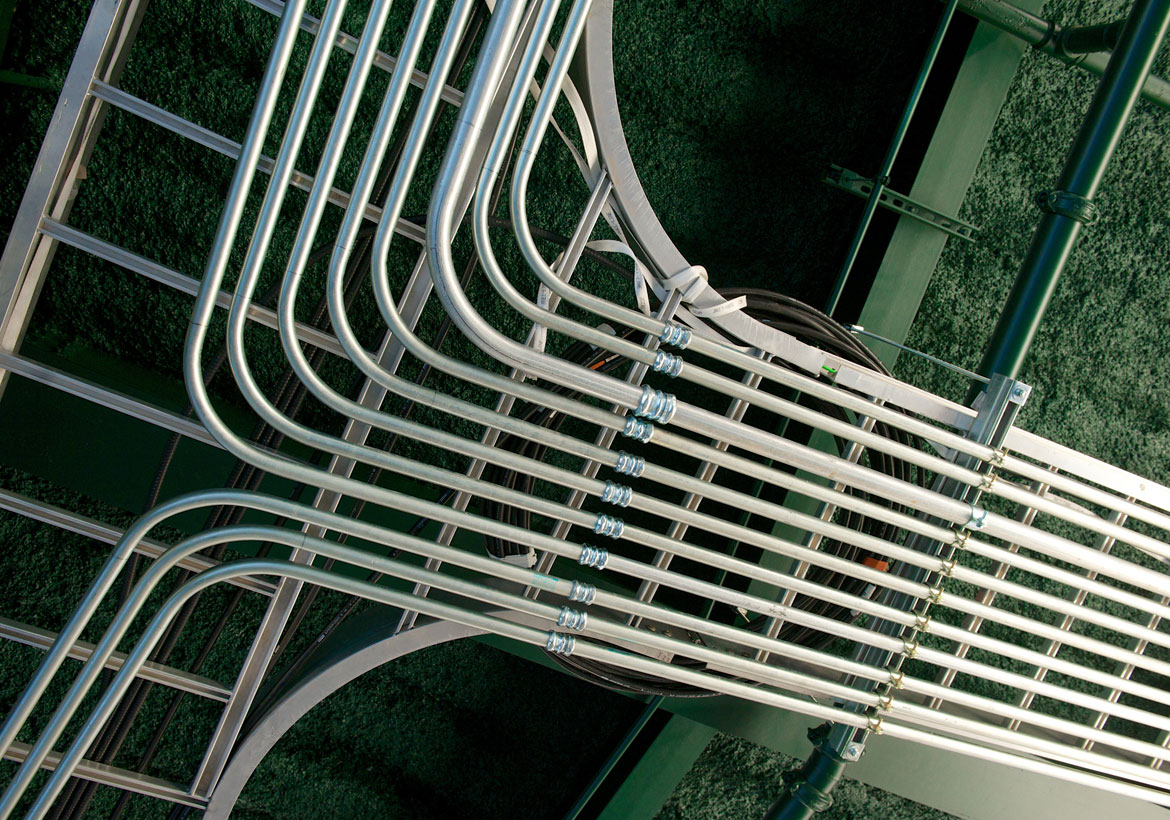
EMT Bends
When bending EMT conduits, it is important to apply the right amount of pressure due to its flexibility. Fortunately, this is the first type of conduit that electricians learn to bend, which means that it is easier to achieve than with other conduit types.
The biggest difficulties that new electricians face when it comes to bending EMT conduit is the requirement for precise measurements and knowing how to place the right amount of pressure on the foot pedal.
Bending Conduit
Many DIY enthusiasts who are new to conduit installation are unsure of how to use a conduit bender. But after a little bit of practice and understanding, it becomes an easy task.
The easiest type of bend to start with for your EMT pipe is to bend at a right angle or 90 degrees. In order to properly bend conduit, you need a foot pedal and a bender. Some electricians use fancier tools such as hydraulic power benders, but that is not necessary for most basic projects.
After understanding how to apply the right amount of pressure on your bender, you can easily bend EMT into 90-degree angles without damaging the pipe or requiring a cut.
Conduit Bending Calculator
Once you have become comfortable with the EMT bending process, you can use a variety of conduit bending calculation tools to help you achieve more complex bends. There are certain formulas you can write out by hand, as well as more complex multipliers and figures to figure out exactly the right angle for your bend.
If you need to offset your conduit, you can use the table below as a quick guide to help you figure out how much of a multiplier you need to apply to your formula. Remember, if you’re stuck in a rut, you can always refer back to this table when figuring out your math by hand:
| Bend Degree | Multiplier |
|---|---|
| 10 | 6.0 |
| 22 | 2.6 |
| 30 | 2.0 |
| 45 | 1.4 |
| 60 | 1.2 |
You can also use math from triangles to figure out how to bend at a right angle, or you can use geometry when bending saddles. While many of these formulas are highly technical, and some are built into the benders themselves, it can be informational to learn about the different ways to achieve complex bends.
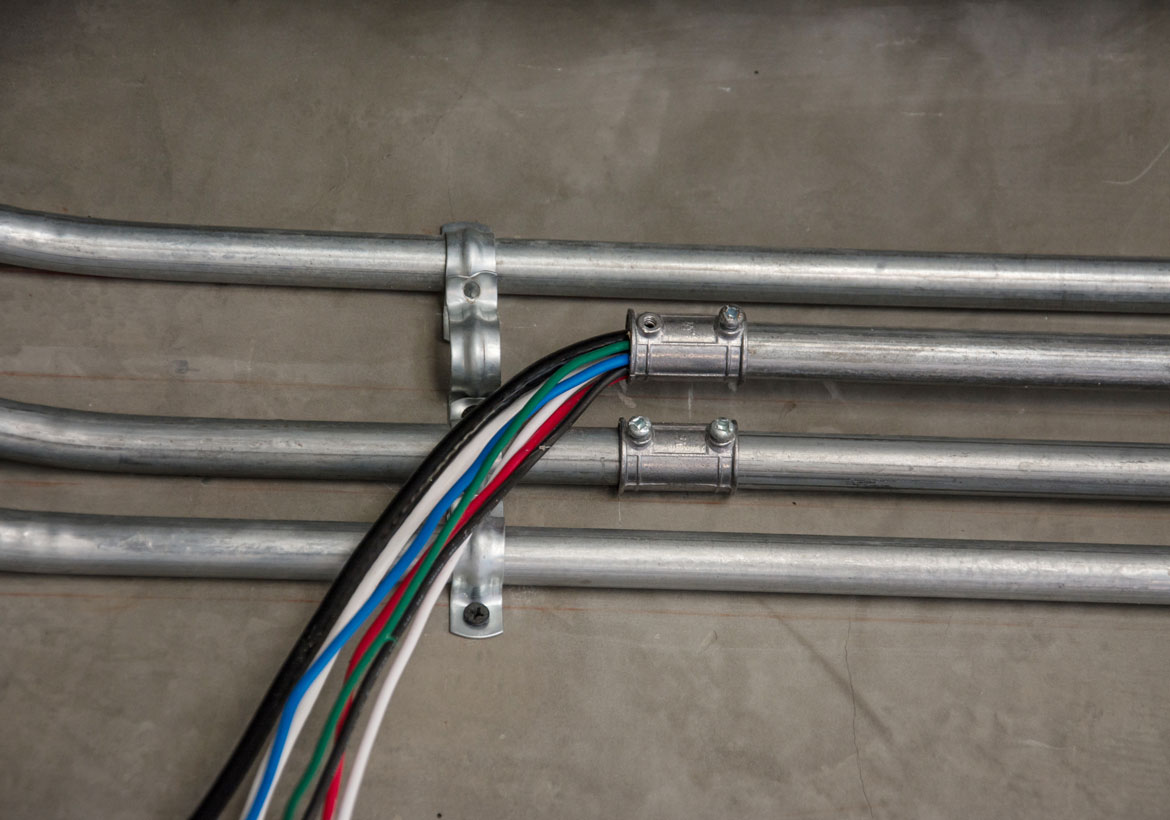
Rigid Conduit
While EMT conduits are less rigid than other types, it is important to understand the differences between them. Some EMT conduits are made from aluminum, which is rigid and more similar to GRC. Aluminum has a higher resistance to corrosion than other metals and materials.
Additionally, rigid conduit is usually coated with an extra-protective surface, to prevent any kind of corrosion, water damage, or disrepair. If rigid conduit comes in contact with concrete, it faces the hazard of corrosion, which is why applying extra coatings to its surface is never a bad idea.
Rigid Conduit Bending
Rigid conduits are as easily bendable as the more flexible EMT conduits in most situations. However, do not embed into concrete. The alkalis in cement are too likely to corrode rigid conduits. However, this is still a preferred material than its super rigid counterparts, since aluminum conduits are much more lightweight and easier to work with.
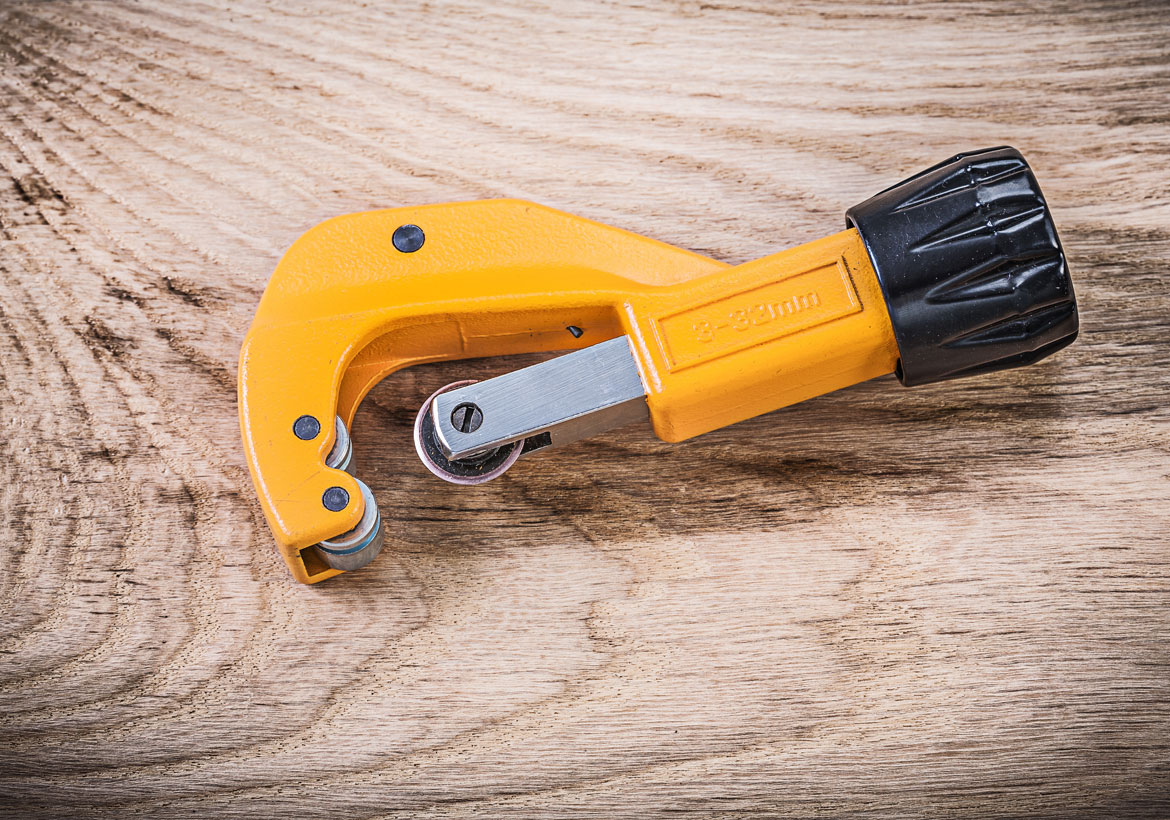
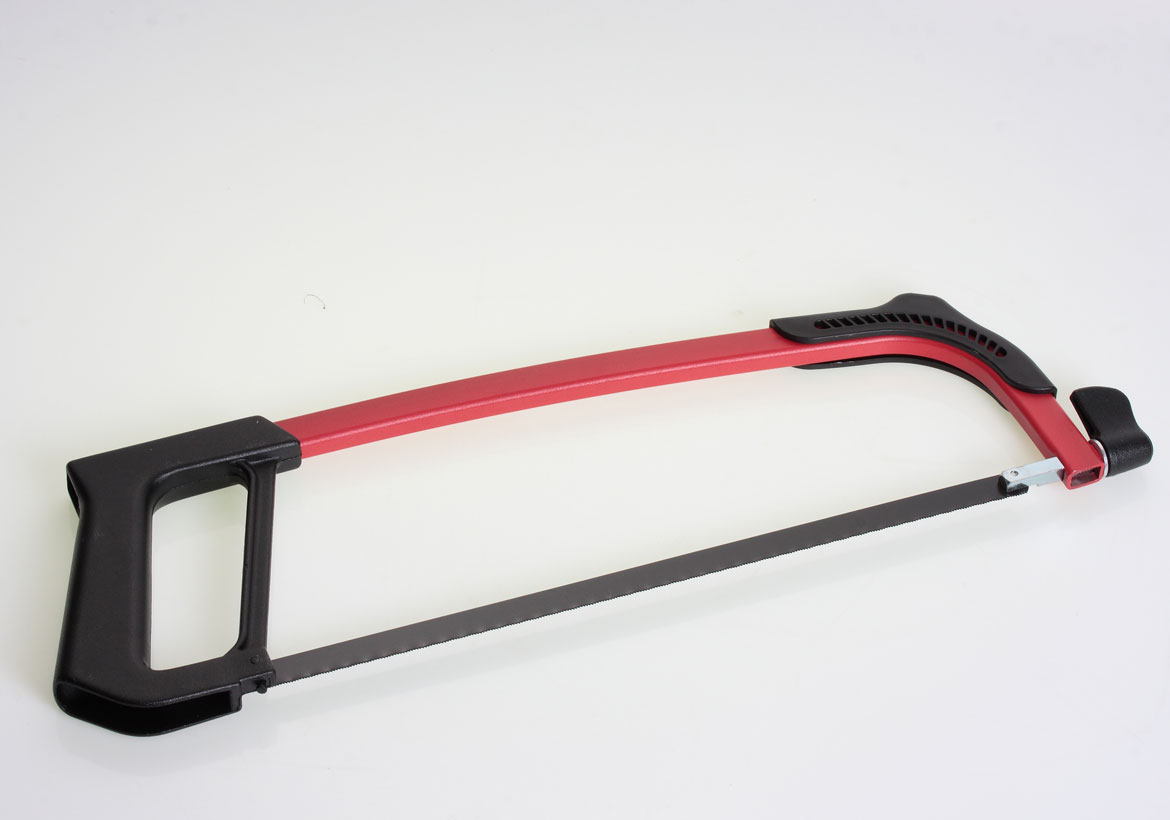
How to Cut Metal Conduit
There are certain ways you have to cut conduit in order to make it work (whether exposed, buried, or installed on the exterior). Most importantly, you need to make sure that when you cut your EMT conduit, you are meeting local code standards and requirements for installation. If you are working with an experienced electrician or contractor, you can become easily familiar with the policies surrounding the cutting of conduits.
- Use a tape measure to mark the dimension of your pipe.
- Make sure the overall cutting area is clearly marked with a pen or pencil.
- Use a hacksaw slowly over the cut mark, cutting through the entire circumference of your pipe. Make sure to always be cutting over a workstation, or a steady table that can catch the remains of your pipe. A pipe cutter can work in place of a hacksaw if you don’t have one.
Additional Tip: You can twist the pipe cutter around the conduit, which will make a groove around the circumference, making it a much easier cut mark.
After you have successfully cut your EMT, you can proceed to bend it in the way that you need.
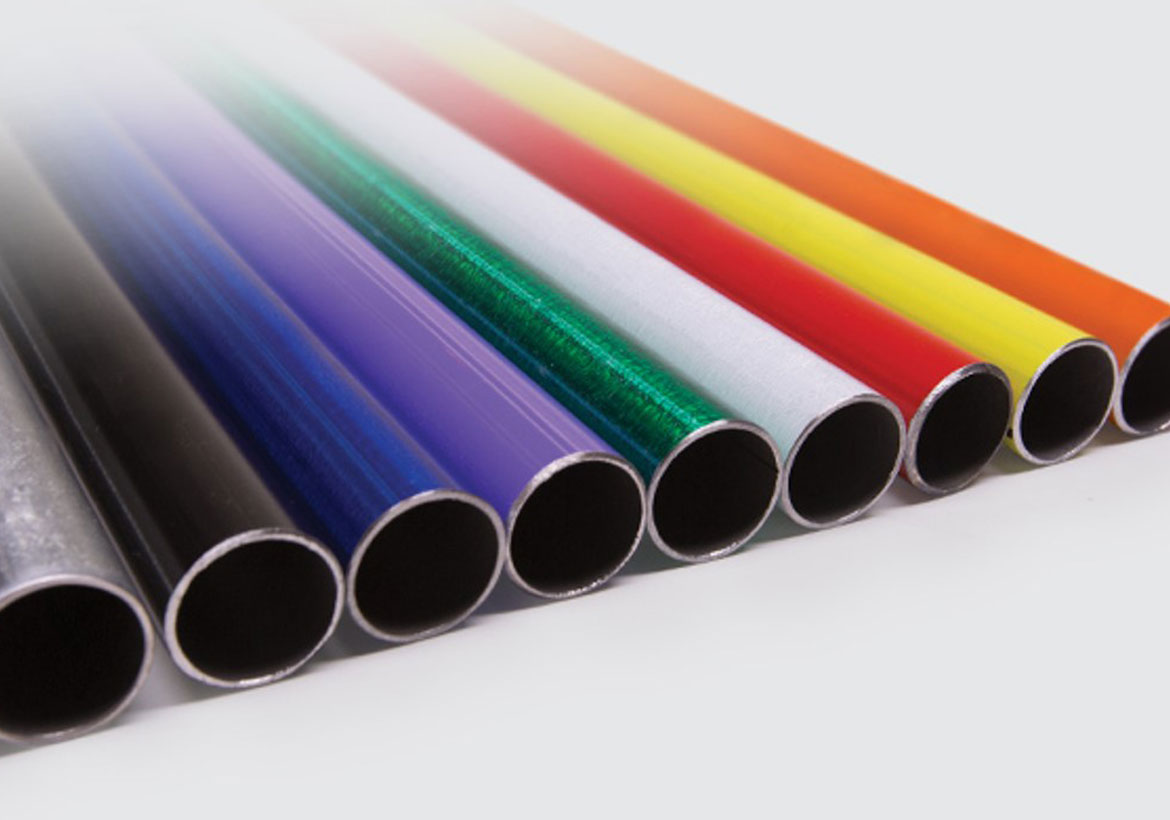
Is EMT Conduit Right for Your Project?
Any large-scale industrial, commercial, or warehouse electrical project is likely to have EMT conduits installed throughout. While most of this piping is within the walls, sometimes it is exposed displaying different colors. You will find EMT on of the easiest and most lightweight materials to work with. Due to its flexibility, it is easy to bend, cut, and install in a variety of construction projects. Plus, you’re guaranteed to find it at your local hardware store, too!










